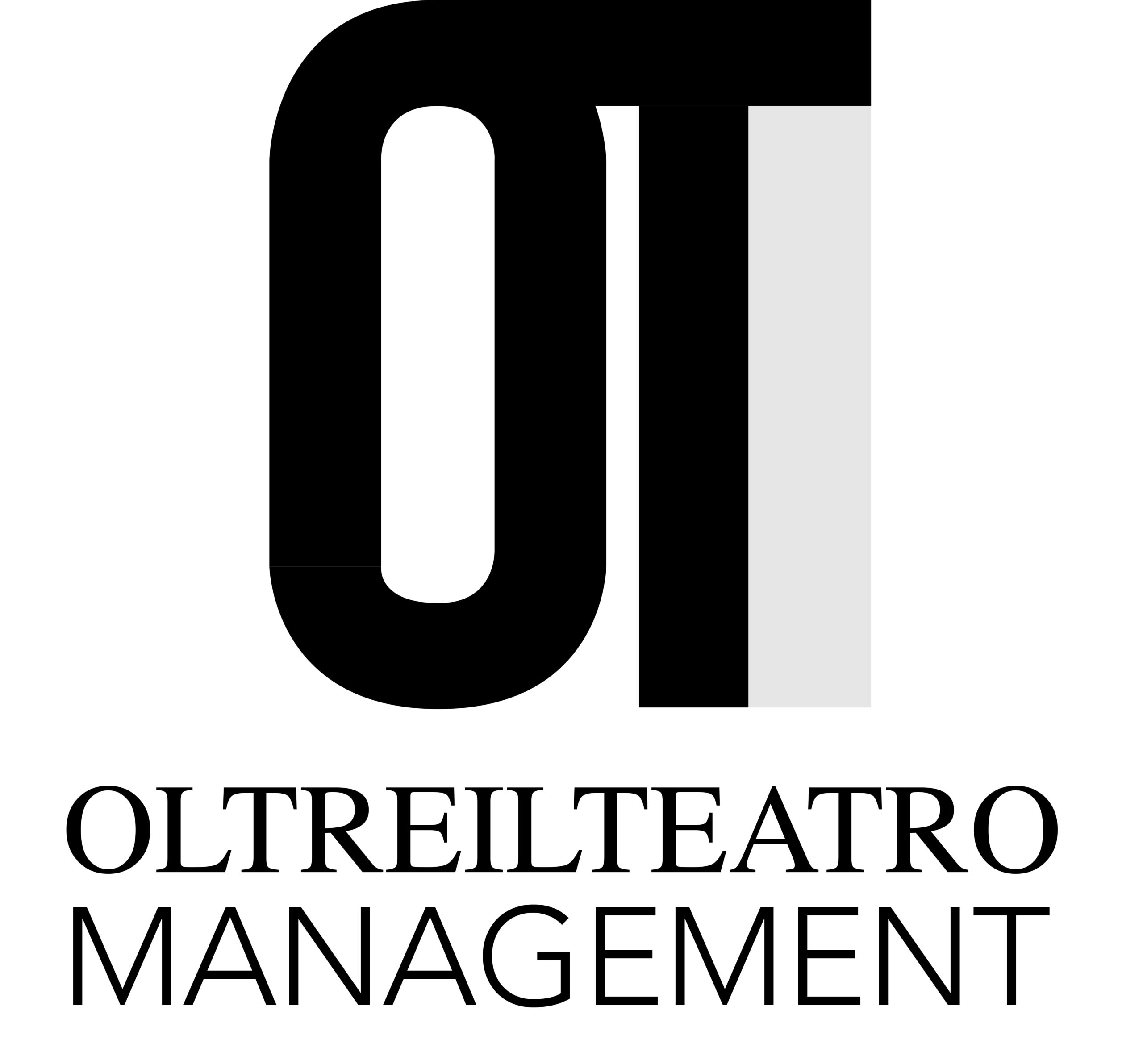Tatiana Khodakova
Do we know ourselves? And do we want to know ourselves? Do we see ourselves as a whole person, or only as the part of us that we like? And to know what we are like, for example, like an iceberg, it is not enough to know only the part that is above the water. This is how it is with us as well: to understand what we are like, we need to see the part that psychology calls the “Shadow.” And often we are not quick to acknowledge it in ourselves.
What we like about ourselves, we readily show to others (our “Persona,” using psychological terminology) and we acknowledge in ourselves; it has a legitimate place in our personality. A large part of it is socially approved, for example our kindness, success, persistence, responsiveness. But what we do not want to know about ourselves and do not accept in ourselves (anger, rage, carelessness, inaccuracy, laziness, irresponsibility, etc.) goes into the shadow part of our personality. Yet being a part of us does not disappear because of this. And since this part has its own energy that seeks an outlet, it usually finds one… But the way this happens is not always to our liking. And indeed this energy can be directed for the good of ourselves and others. For this, it is necessary to become aware of its origin and to legitimize it.
So our “Shadow” originates from our childhood, and our first reference group – the family – helped shape it. The behaviors, the expressions of emotion that were encouraged and accepted in the family became our “Persona,” and we show them to others without hesitation. But what was reproached, what expressing it in the family was not accepted and even punished, we pushed into the “Shadow.” And if, for example, in a child’s family they are valued for how quietly they behave – that becomes their “Persona,” while a bright and loud self-presentation becomes the “Shadow.” In other words, our “Shadow” is the initial way of adapting to the parental family, and later such self-expression will be used unconsciously in adult life, while greatly constraining it, because we are governed by what is not conscious to us.
But what should we do? How can we understand what the “Shadow” is in us?
To do this, we need to become aware of how the “Shadow” reveals itself by observing ourselves, our behavior, and our thinking. And the “Shadow” shows up in our own denials of certain of our own qualities. For example, when we allow ourselves to speak rudely, but if someone points it out, we immediately argue that with “them you can’t act differently – they’ll come down on you.” In this way we deny the expression of rudeness. Or when we shift responsibility for our reactions onto others — “it’s your fault that I’m shouting; if you had come home on time, none of this would have happened.” Sound familiar?
But also our shadow side manifests itself through “projection,” when we accuse others of what we ourselves do (for example, we yell at someone and yet say: “Don’t yell at me!”). And if we listen carefully to the accusations we direct at the other in a quarrel, we will hear our “Shadow.” We are emotionally drawn to in others what exists in us.
If we pay attention to what angers us, we can learn a lot about ourselves. For example, if we get angry that our parents aren’t millionaires, that’s more about our own laziness and unwillingness to work. And also: everything we expect from another to do for us is also about our shadow – about what we are not able to give ourselves. Also, everything we want for the other is, in fact, about our own desires.
Careful self-observation will help us know ourselves better, to learn that part of the iceberg that lies in the depths of the unconscious, to realize not only the part of ourselves we turn to the world with, but also the part we do not acknowledge and hide, and thus do not use the resources that this part carries within it. And there are many more of them than it seems.
So let us become more self-aware, more mature, more attentive to ourselves and to our own manifestations, so that we do not search for someone else who will solve all our problems. Other people have their own tasks in this world. Let us direct our efforts toward learning to accept ourselves, to know ourselves, in order to have access to all the resources that undoubtedly exist within our accepted, integrated self.
Photo Getty Images
Translated by Maria Zayats
Read also:
Anesthesia of Fear: How Are We Controlled While We “Sleep”?
Breath on Pause: When Love Becomes an Exam

Татьяна Ходакова
Практический психолог
Интегративный подход






